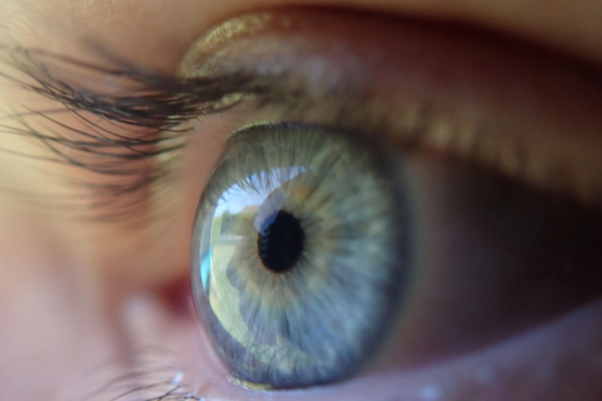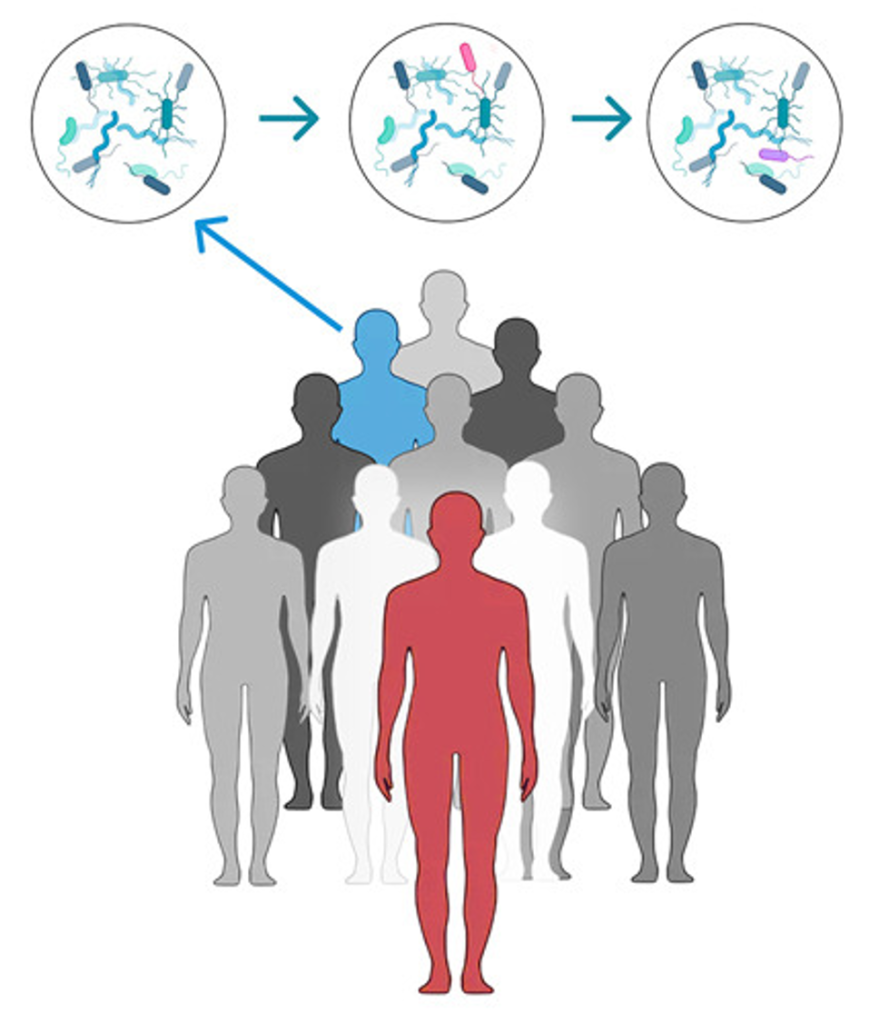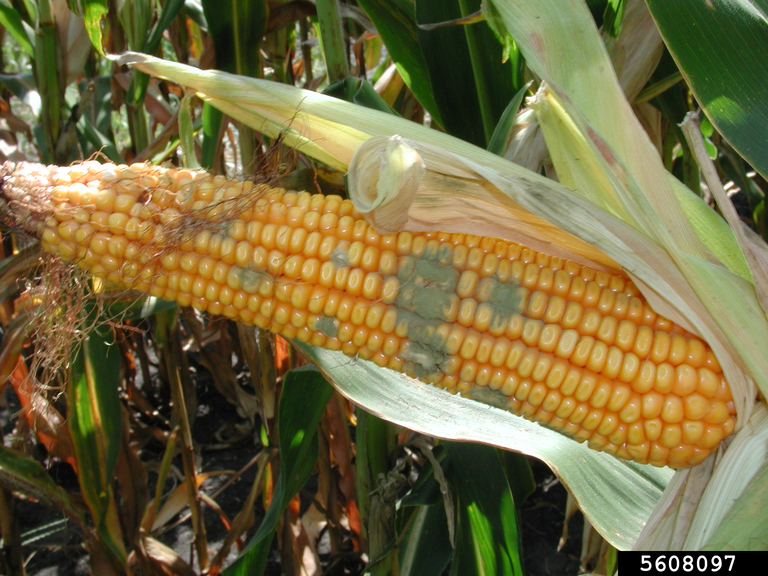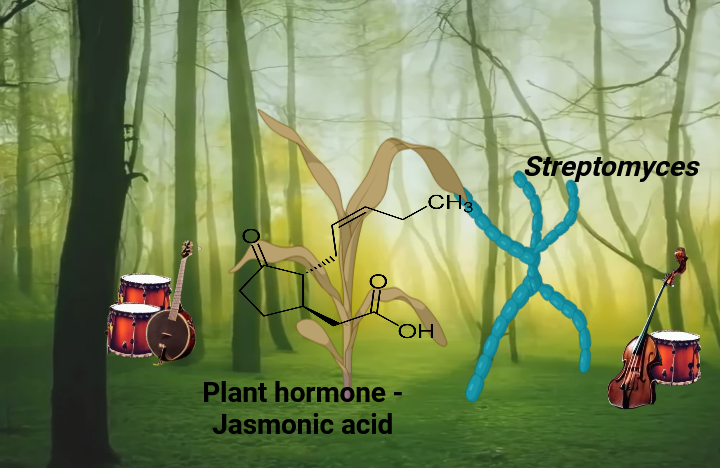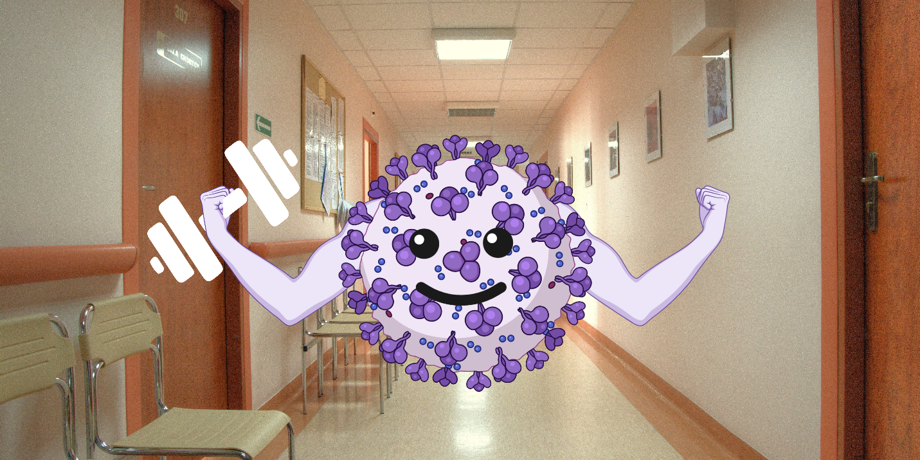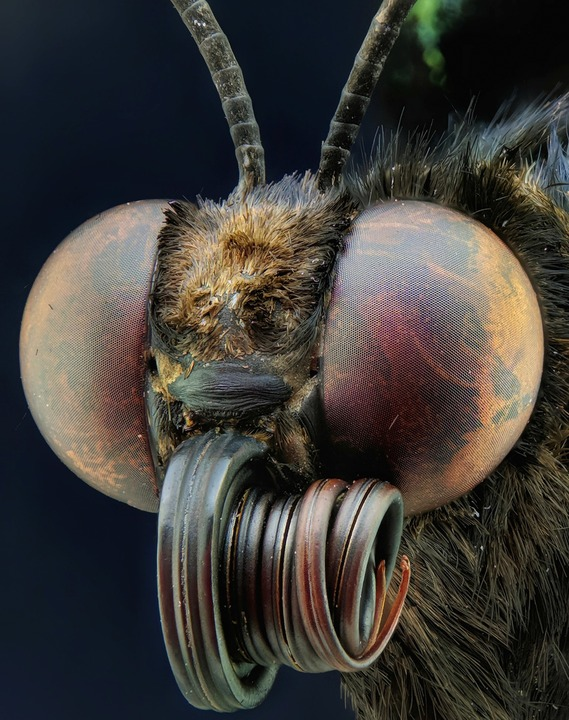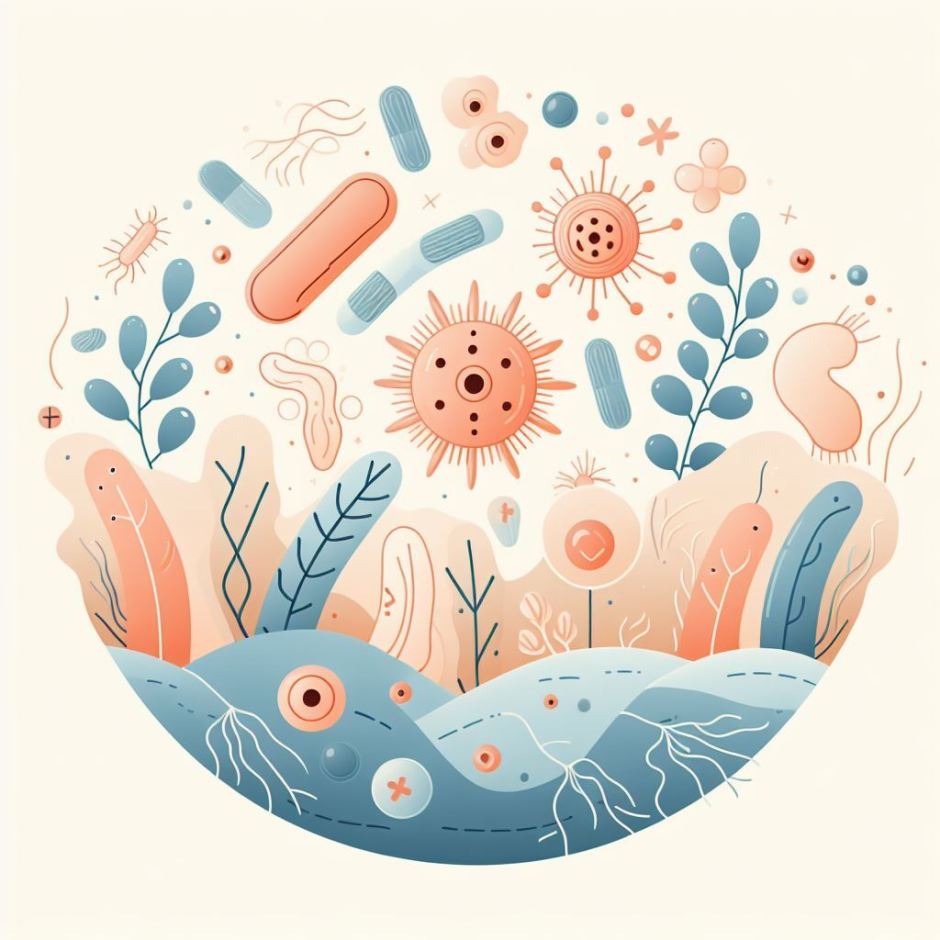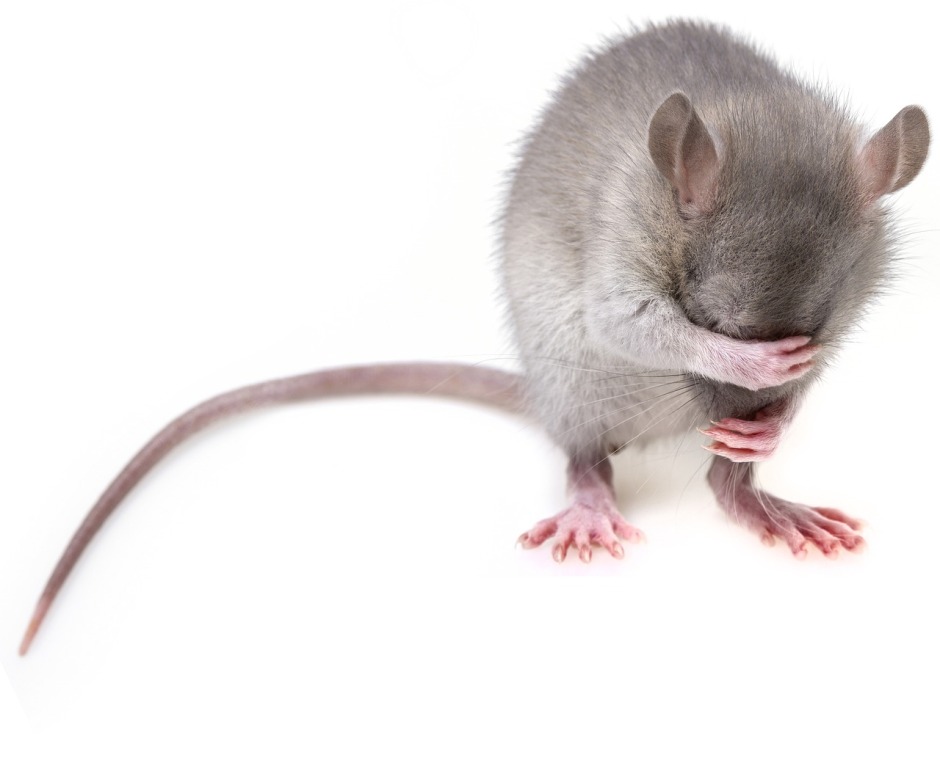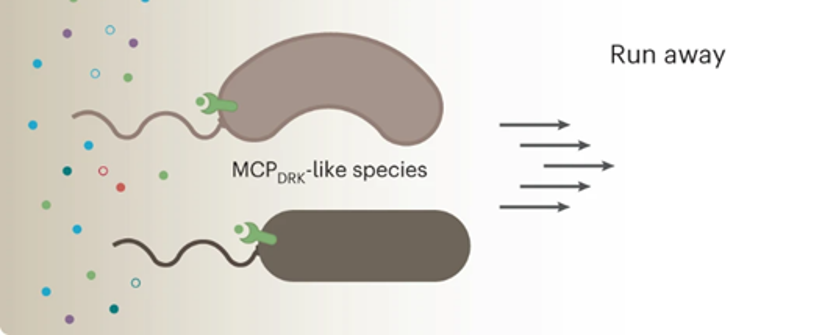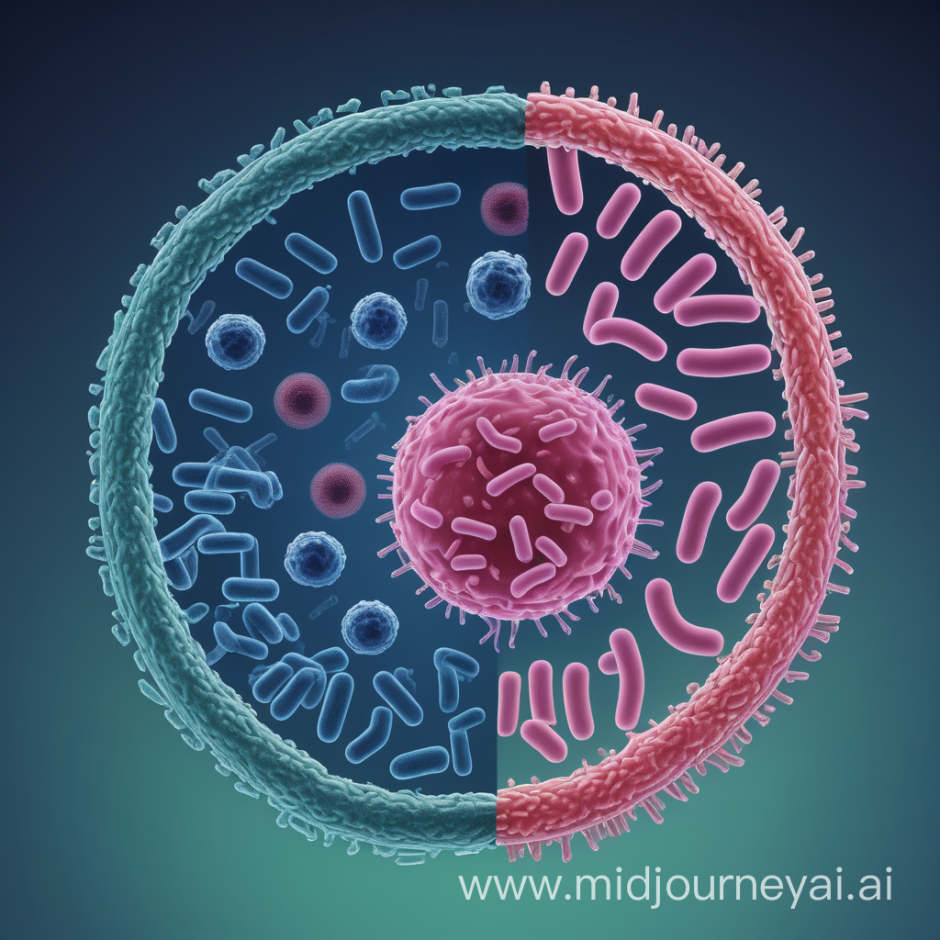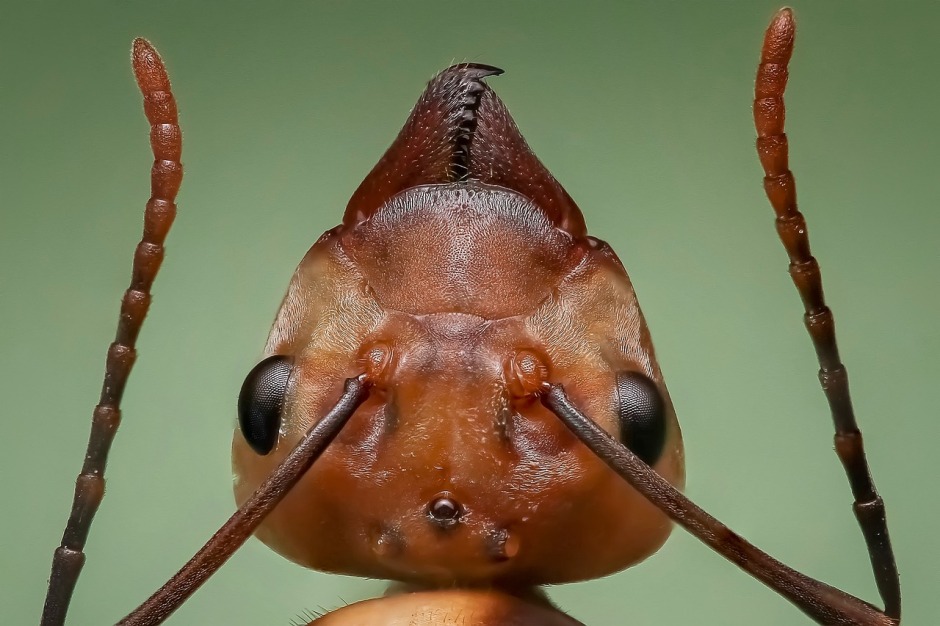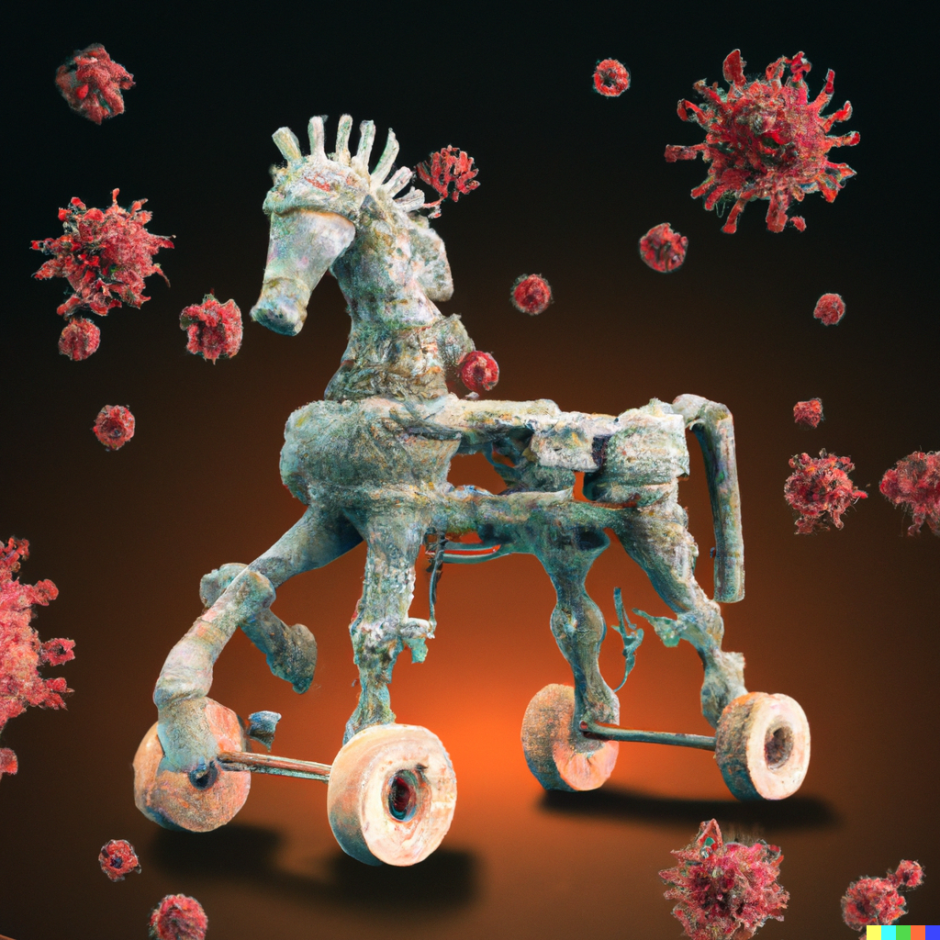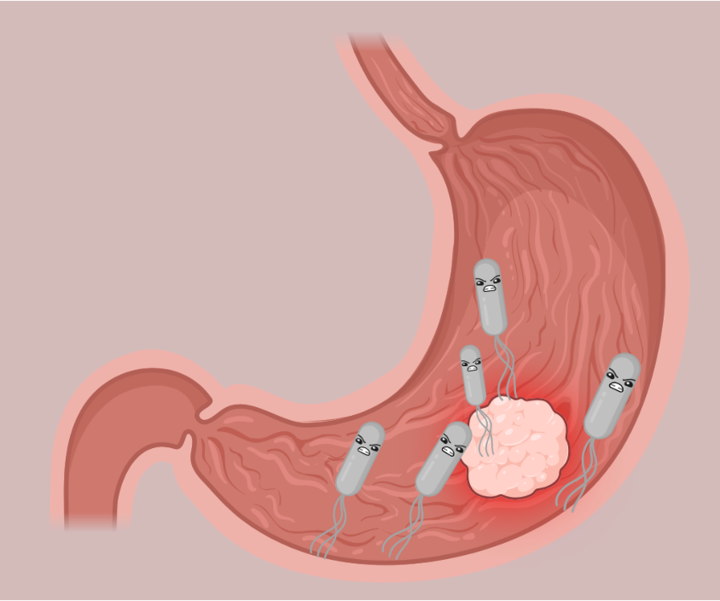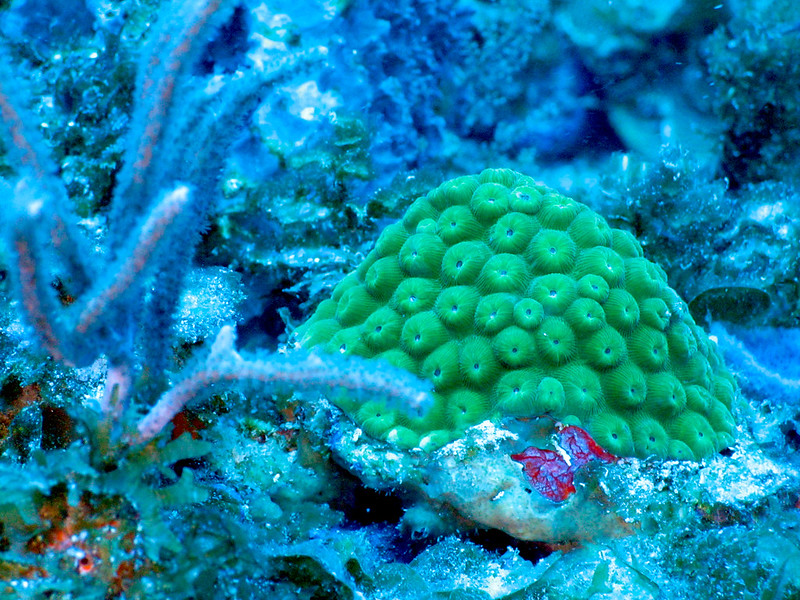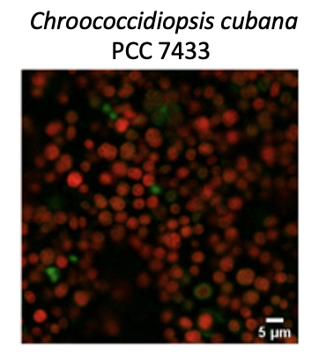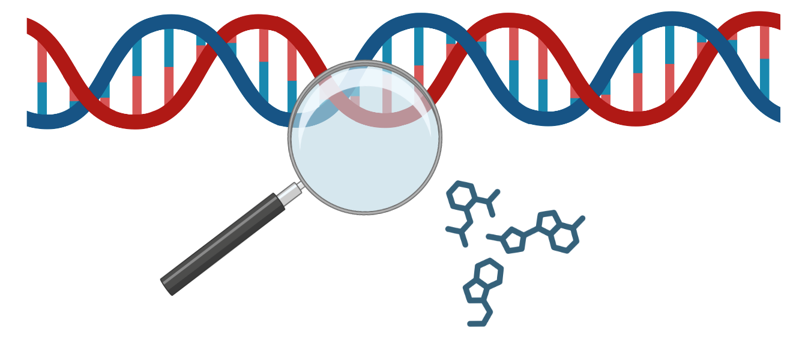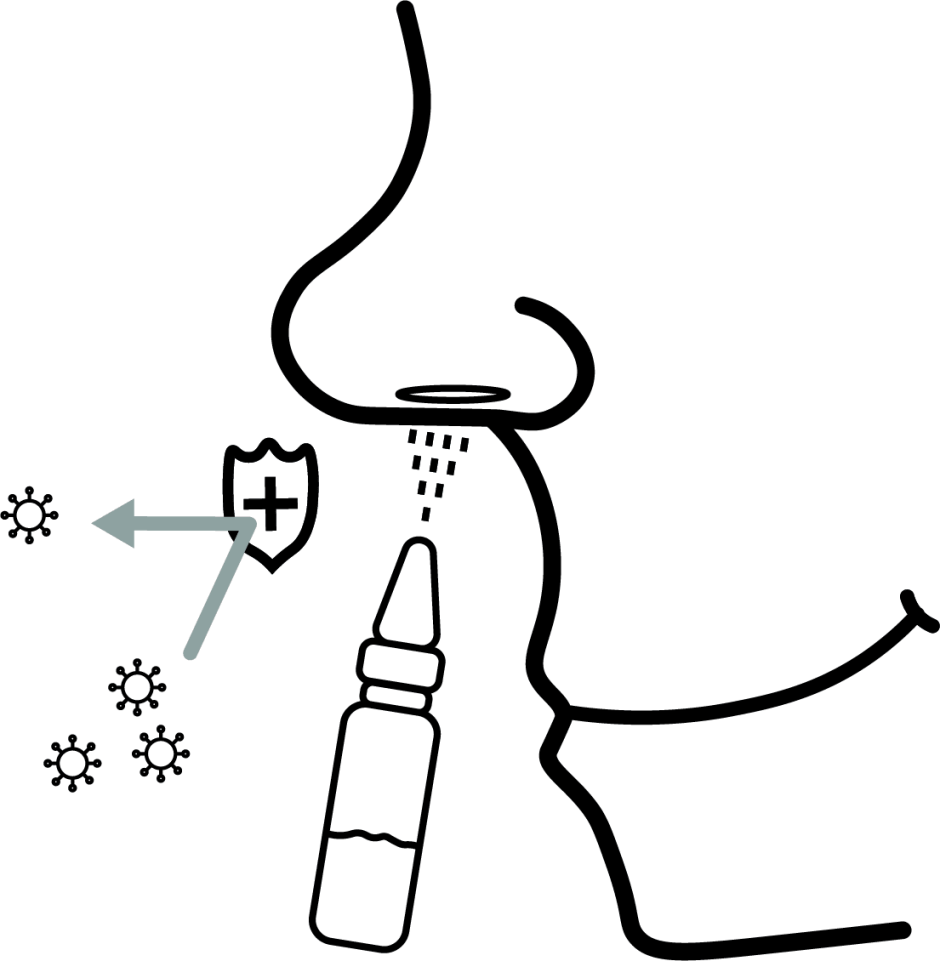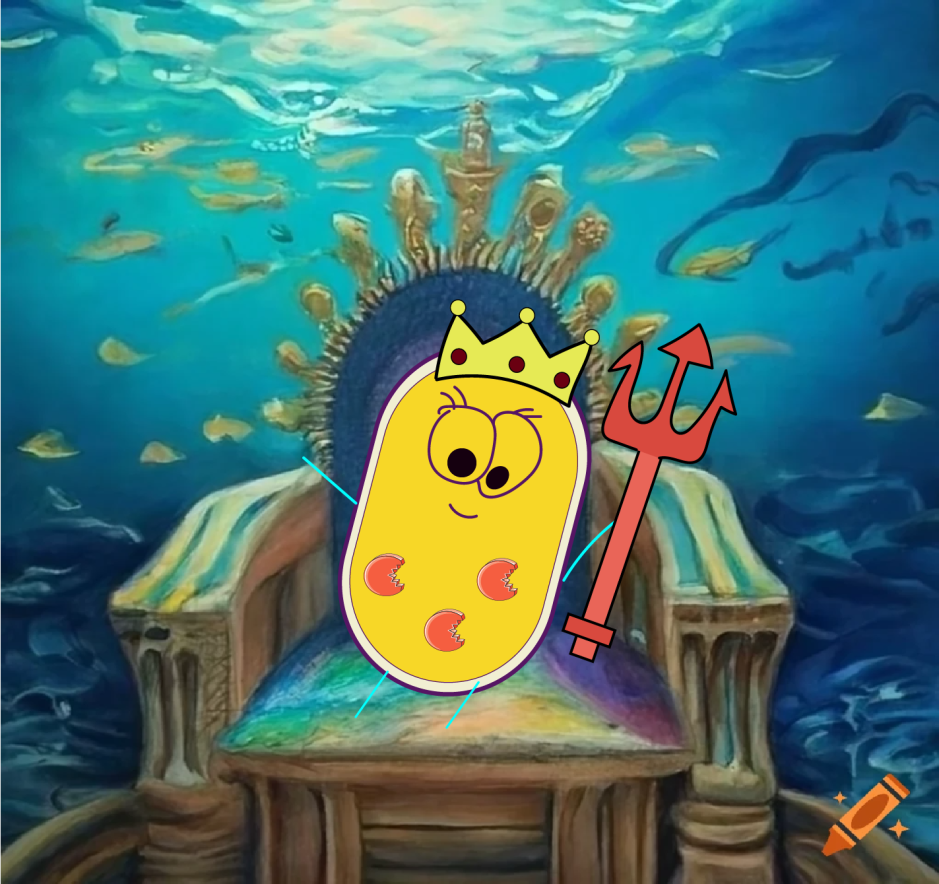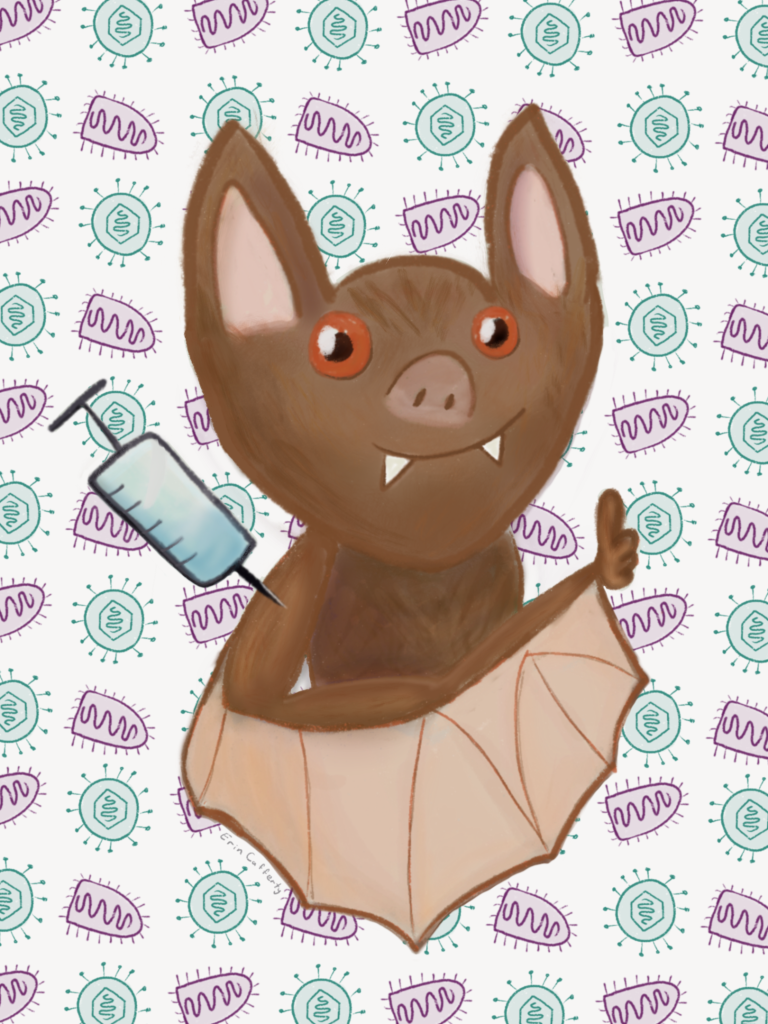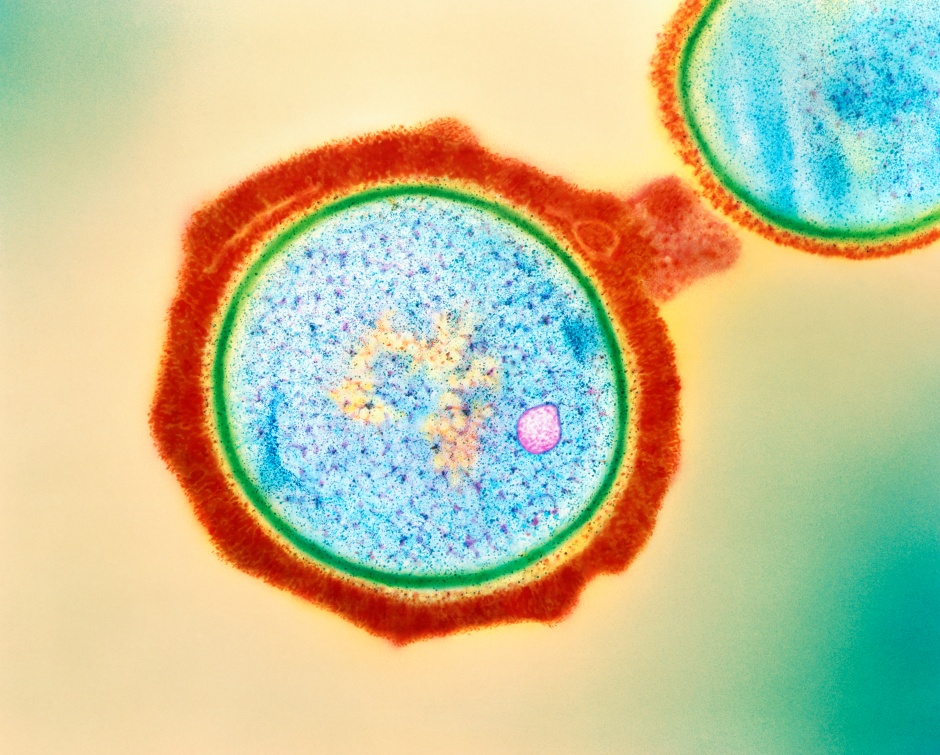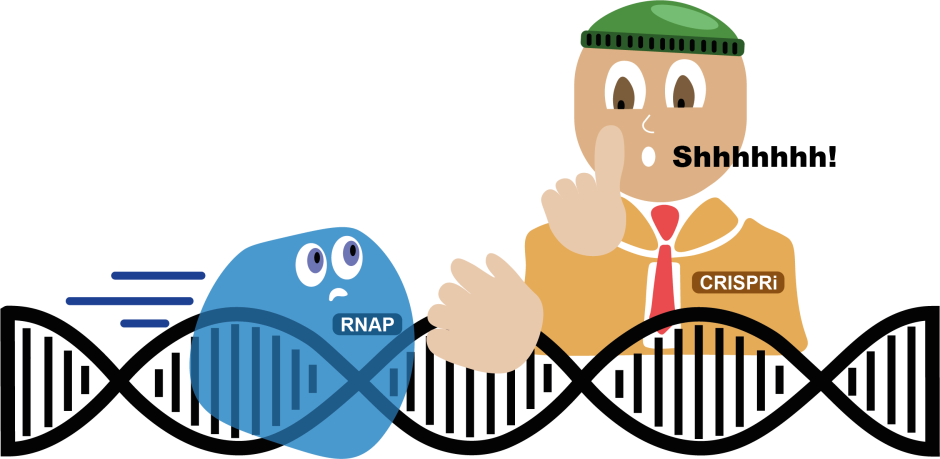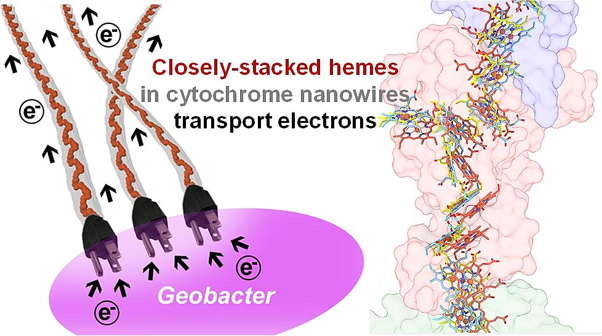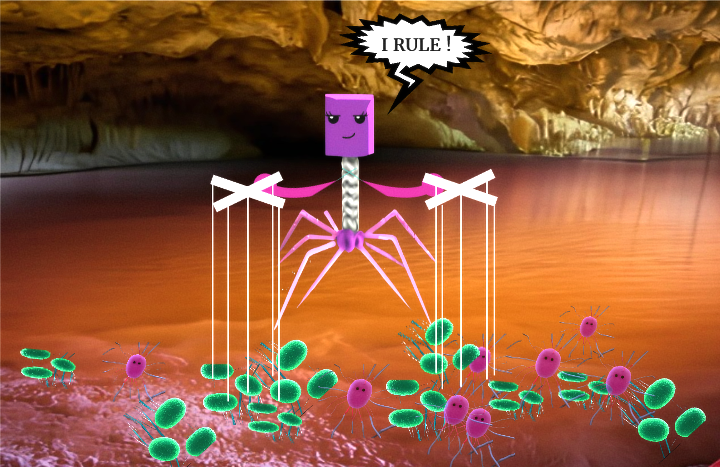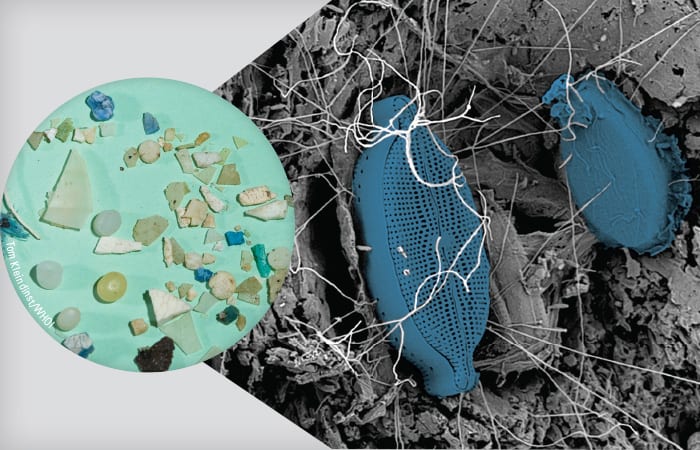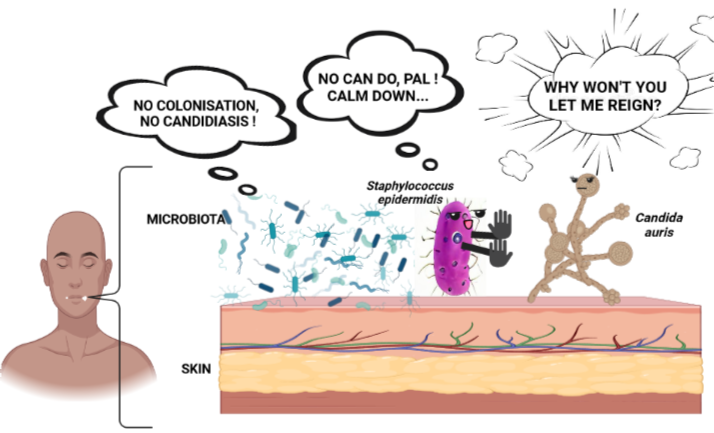
Breaking down the microbiology world one bite at a time
The bacterial gift of vertebrate eyesight
The human eye is one of the most complex structures in the body. Puzzling researchers and doctors for decades on how exactly this organ can take light rays and relay this energy to the brain where images are formed. Even more so, the origin of the vertebrate eye remained elusive, with no clear ancestor in our known database of eukaryotic genes. It took looking outside of our branch on the tree of life to find the answer. Bacteria, our prokaryotic neighbours, were the source of an essential vertebrate eye protein, sharing their genetic information with vertebrates over 500 million years ago.
In a recent paper released on April 10th 2023, researchers dug into the origin story of a protein in our eyes that can only be found in vertebrates called the ‘interphotoreceptor retinoid-binding protein’ (IRBP). Within our eyes, there are special structures that record the light we see, called rods and cones. Inside these structures, a series of chemical reactions occur, transferring the activating molecule – a modified retinoid – between proteins. When light enters our eye, it changes the structure of this retinoid. This process converts the light we see into the electrical signal our brains register. This retinoid is crucial in this process and that is where IRBP comes into play. This protein recycles the retinoids back into their native state, allowing this cycle to continue.
This retinoid visual cycle is unique to vertebrates, and its origin seemed spontaneous. Even Charles Darwin wrote in his 1859 Origin of Species, that the evolution of the eye by natural selection seemed at first glance “absurd in the highest possible degree”.
Yet here, researchers discovered that a bacterial gene gave rise to this vertebrate IRBP, providing the initial genetic material that evolved into the protein we have today. Using computer analysis techniques that can find relationships between genetic information and the vast array of publicly available genomic databases, the researchers compared the human IRBP gene sequence to bacterial genomes. They found a match in the bacterial S41 family that encodes peptidases.

Samsara via Wikimedia Commons
Peptidases are responsible for cleaving molecules within cells and are found across all domains of life. These proteolytic enzymes are highly diverse in structure and perform multiple biological functions. This genetic blueprint was taken up by early vertebrates and evolved into the IRBP we have today.
For instance, the ancestral S41 peptidase consists of one domain, while the human IRBP has four. Additionally, the human IRBP lacks the ability to cleave molecules. The researchers suggest that after obtaining the gene and duplicating segments of the gene sequence, one region in the DNA was altered so it became inactive, making it unable to cleave molecules. Instead, the human IRBP is a transport protein, shuttling the ready-to-use all-trans-retinol and the used-up 11-cis-retinal between the photoreceptors in the eye, and the retinal pigment epithelium where the chemical is transformed back into all-trans-retinol for the cycle to continue.
This work provides evidence of the constant evolution we face and gives credit to nontraditional genetic sources, such that of small DNA fragments from bacteria. Most evolution occurs within similarly related organisms and occurs stepwise, while here, a distinct and radically different organism provided the blueprints for vertebrates. Humans, like all life, evolved from bacteria. Their findings “provide a path by which complex structures like the vertebrate eye can evolve: not just by tinkering with existing genetic material, but also by acquiring and functionally integrating foreign genes.”
Link to the original post: Kalluraya, C. A., Weitzel, A. J., Tsu, B. V., & Daugherty, M. D. (2023). Bacterial origin of a key innovation in the evolution of the vertebrate eye. Proceedings of the National Academy of Sciences, 120(16), e2214815120. https://doi.org/10.1073/pnas.2214815120
Featured image: The human eye. Credit: https://www.wallpaperflare.com/left-human-eye-blue-eye-eyeball-eye-closeup-eyesight-human-body-part-wallpaper-whuiz
